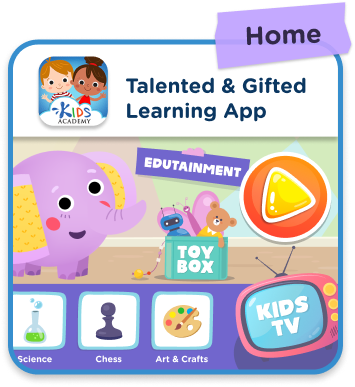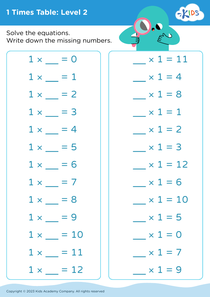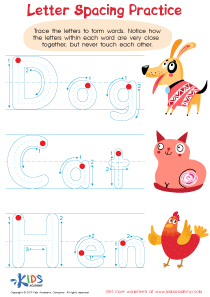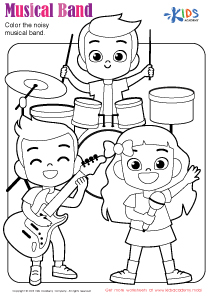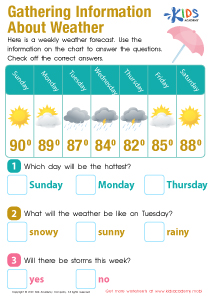Capitalization rules Normal Worksheets for Ages 4-8
3 filtered results
-
From - To
Introduce your young learners to the essential rules of capitalization with our engaging "Capitalization Rules Normal Worksheets" designed for ages 4-8. These interactive printable worksheets help children grasp the basics of capitalization in a fun and approachable way. Through various exercises, they will practice capitalizing proper nouns, days of the week, and the start of sentences. Designed with colorful graphics and age-appropriate challenges, these worksheets aim to enhance literacy skills while keeping kids excited about learning. Perfect for classroom use or at-home practice, our worksheets provide a solid foundation for confident writing. Explore a world of learning today!
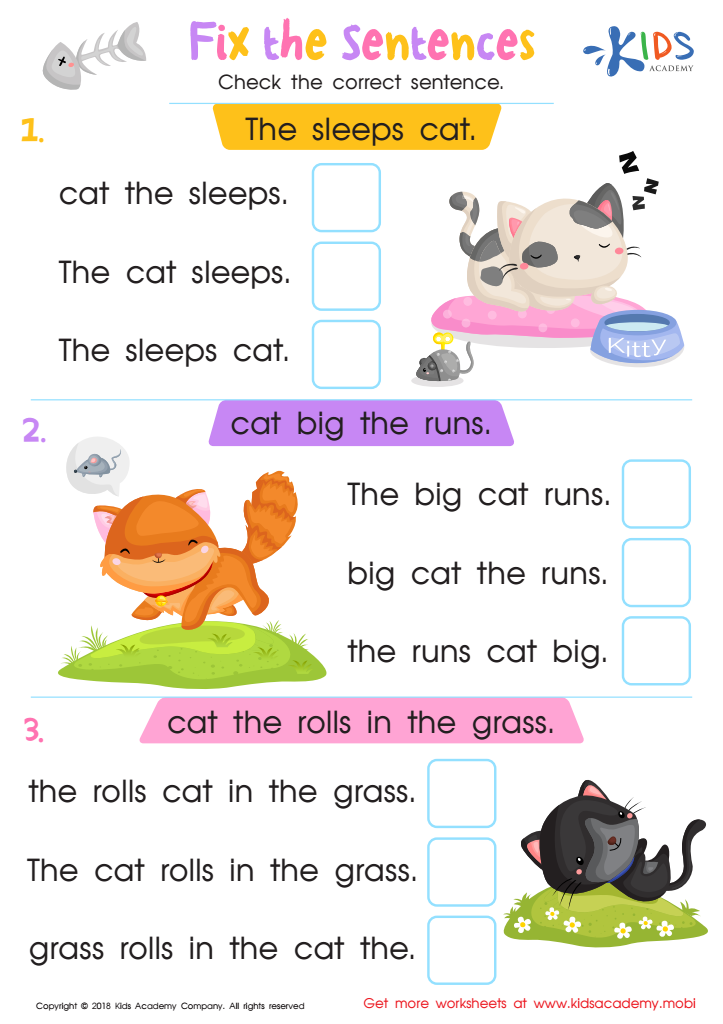

Fix the Sentences Worksheet
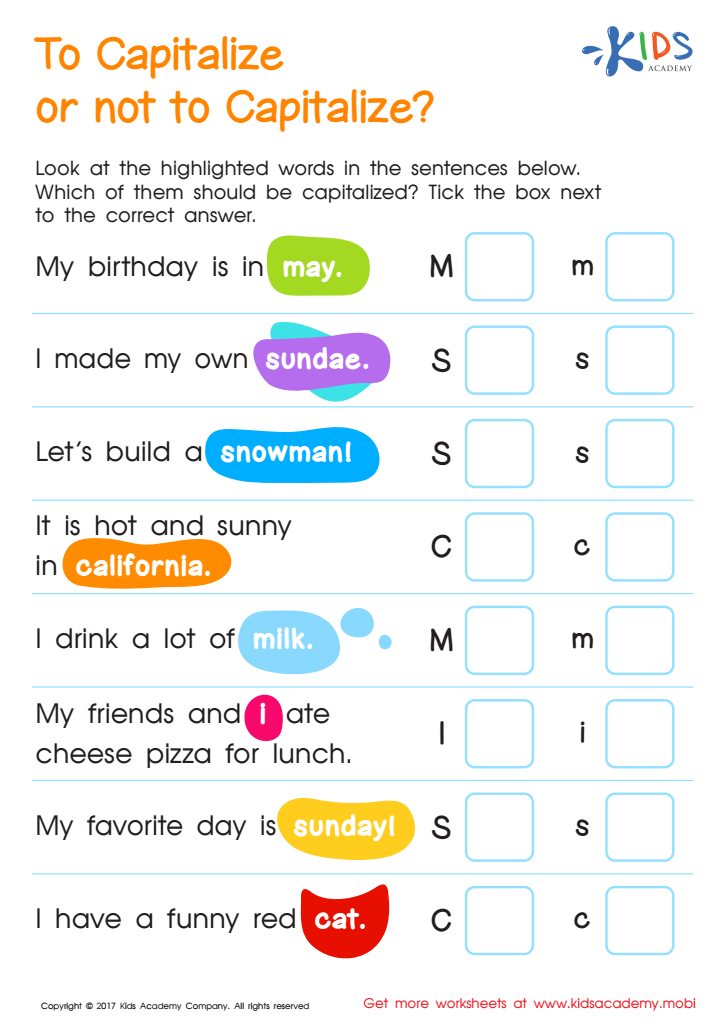

Capitalization: To Capitalize or Not? Printable
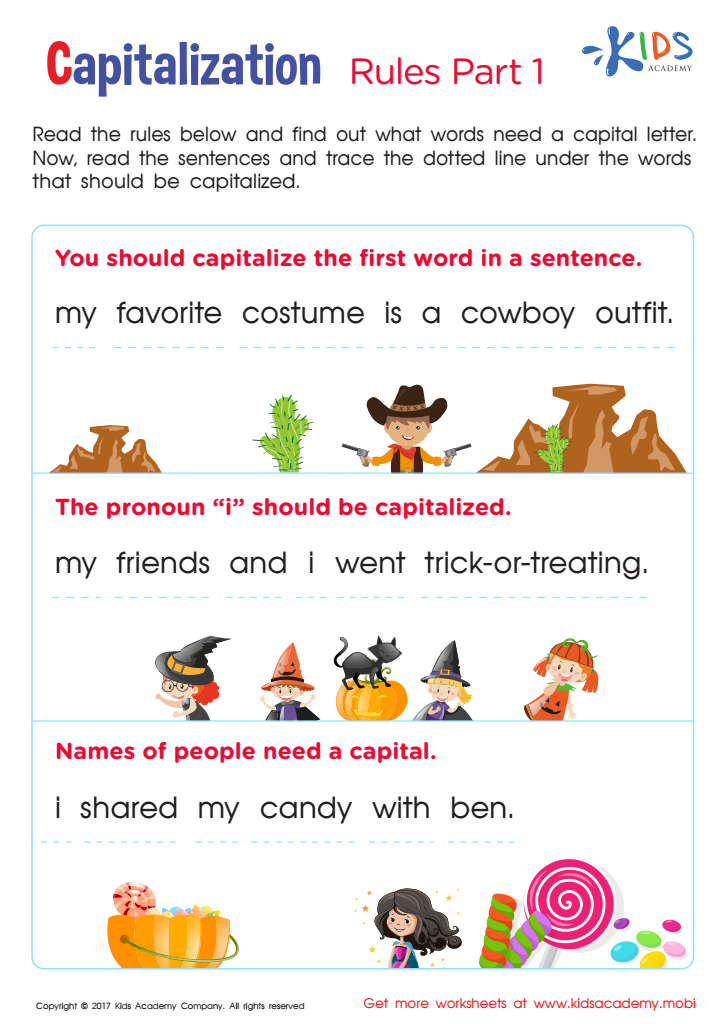

Capitalization Rules: Part 1 Worksheet
Capitalization rules are crucial for young learners aged 4-8 as they form the foundation of reading and writing skills. Understanding when to capitalize letters helps children distinguish between proper nouns and common nouns, enhancing their comprehension. For example, recognizing that "Aunt Sue" is a specific person while "aunt" is generic aids their understanding of context and meaning.
Moreover, capitalization plays a significant role in clarity. When children correctly capitalize the first letter of sentences or names, their writing becomes clearer and more organized. This encourages good writing habits early on, fostering their confidence when expressing thoughts or stories.
Additionally, mastering capitalization rules aids in literacy development. Children who grasp these concepts are more likely to engage with texts, participate in discussions, and express themselves effectively. As they encounter books, signs, and other written materials, they gain skills that contribute to academic success.
Lastly, parental and teacher involvement in teaching capitalization demonstrates its importance in communication. By reinforcing these rules, caregivers help children build a strong linguistic foundation, prepare them for more complex writing tasks, and instill a lifelong appreciation for writing and language. Encouraging attentive practices today sets up students for better communication skills in the future.

 Assign to My Students
Assign to My Students



